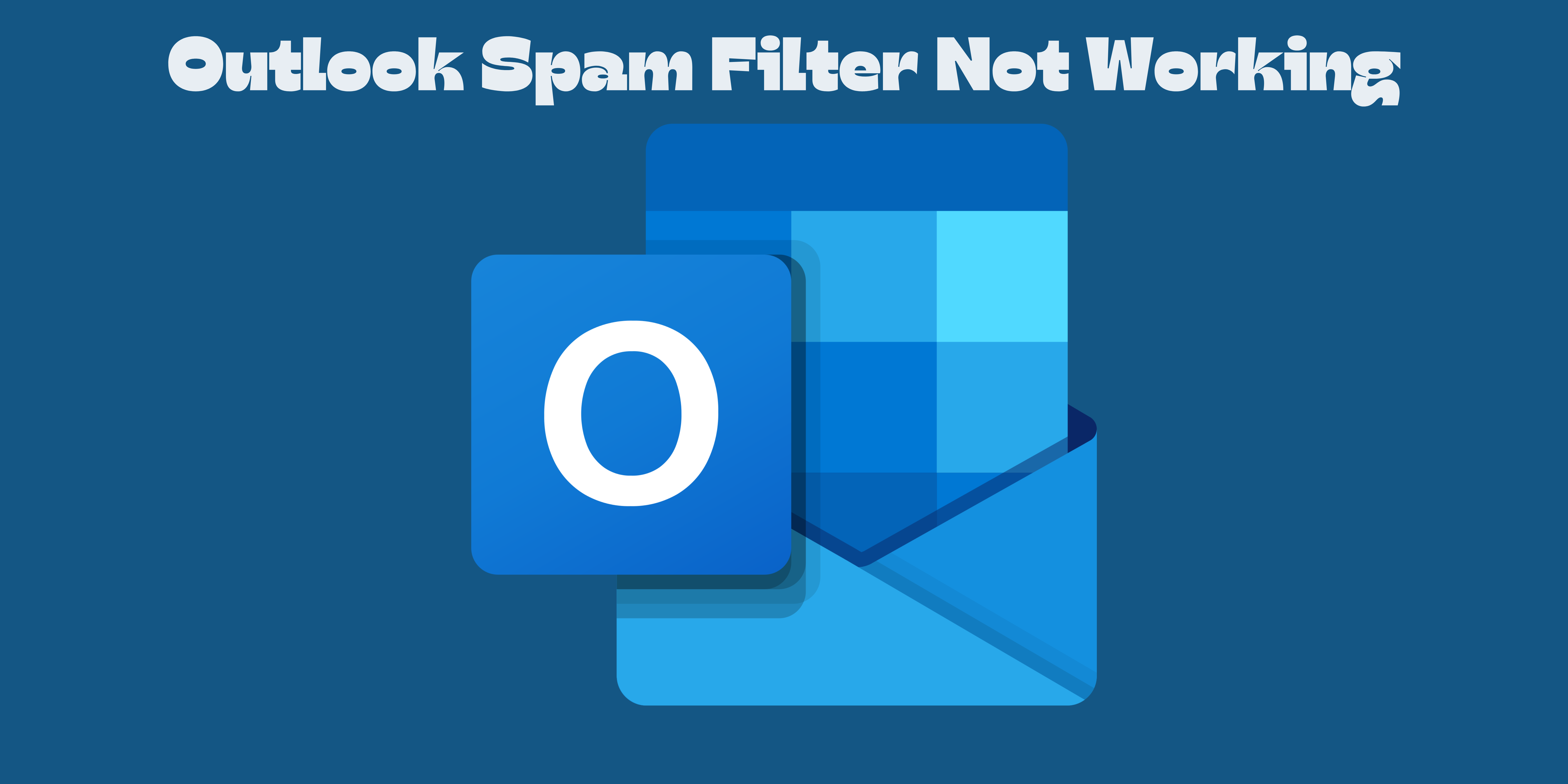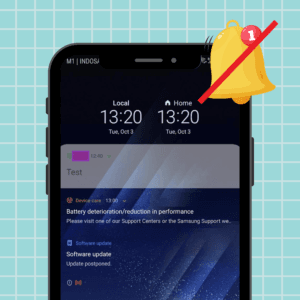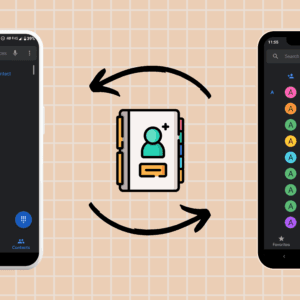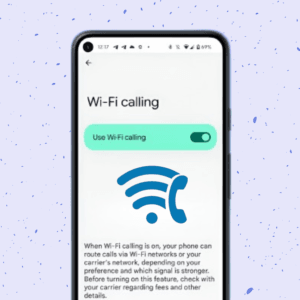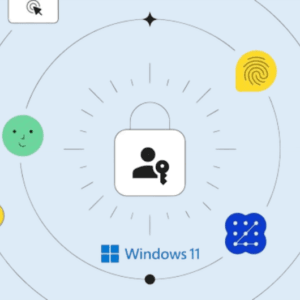If Outlook is what you use as your email client, you can experience problems like the spam filter not working properly or Outlook not opening. Your inbox management may become difficult as a result of these issues, leaving you feeling stressed and overwhelmed.
Fortunately, there are measures you can take to resolve these problems and improve Outlook’s spam filter. This post will provide you with a thorough how-to for troubleshooting and fixing this issue so you may have a cleaner, more organized inbox.
What is the Outlook spam filter?
Microsoft Outlook is a well-known email application that comes with a helpful tool that is known as the Outlook spam filter. Spam is a term for undesired or unsolicited email messages, and the function is made to recognize and delete them. Spam is detected by the filter using a variety of methods, including analysis of the email’s content, sender email address, and message layout.
Why is the Outlook spam filter necessary?

The spam filter in Outlook combines rules and machine learning algorithms to find and block spam. By modifying the filter’s sensitivity setting or setting up rules that send emails automatically to the Junk Email folder or delete them altogether, you can tailor the filter to suit your unique needs.
The spam filter’s main goals are to keep spam from clogging your inboxes and to shield your mailbox from potentially dangerous communications like phishing scams or malware. By employing the spam filter, you can better control your email and lower your chance of becoming a target of cyberattacks.
How to fix the Outlook spam filter not working
You need not worry if your Outlook spam filter is not working properly. You can solve the issue by following the easy procedures described below.
1. Check if the issue is from the email server

Outlook’s spam filter depends on data from the email server to determine which messages are spam. Therefore, a problem with the server might be hurting the filter’s functionality. You can investigate this by seeing if other users on the same server are having a similar difficulty and by getting in touch with your email provider to see if they are aware of any concerns. If the problem is with the server, fixing it can make the spam filter more efficient.
2. Upgrade your Outlook
Upgrading Outlook can be the answer you need if you’re having trouble with your spam filter not functioning as expected. An updated version of Outlook might have a spam filter that is more capable and smart. The app’s most recent version will also ensure that all of the bugs in the previous version are fixed.
3. Reset your spam filter settings
Follow the steps outlined below to reset your spam filter settings on the Outlook website:
- Navigate to the Outlook website and log in to your account.
- Head to the Settings icon in the top right corner of the screen.
- Choose View all Outlook settings at the bottom of the dropdown menu.
- In the Settings pane, select Mail. Now, choose Junk email.
- Pick the Filters option from the bottom of the page.
- Click on the Reset to default button. This will remove any custom spam filter settings you may have configured.
- Select the Save button to save the changes.
4. Verify your blocked sender’s list
It may be worth reviewing your prohibited sender’s list if Outlook’s spam filter is not functioning properly for you. Outlook will automatically send emails from any senders on this list to your junk folder because you have tagged them as spam or unwelcome.
The spam filter, though, may become less effective if the list is too large or out of date. Here are the steps to verify your blocked sender’s list on the Outlook website:
- Sign in to your Outlook account on the Outlook website.
- Click on the Settings icon (gear) in the top right corner of the screen to open the Settings menu.
- From the dropdown menu, select View all Outlook settings.
- In the Settings menu, click on Junk email on the left-hand side of the screen.
- In the Junk email section, click on Blocked senders and domains.
- Review the list of email addresses and domains that you have blocked. If there are any that you want to unblock, select them and click on the Remove button.
- To add a new email address or domain to the blocked sender’s list, enter it in the text field under Add blocked senders or domains and click on the Add button.
- Once you have made any desired changes to the blocked sender’s list, click on the Save button at the top of the screen to save your changes.
5. Review your safe sender’s list
Here are the steps to review your safe sender list on the Outlook website, which may help improve the performance of the spam filter.
- Go to the Outlook website and sign in to your account.
- Navigate to the Settings icon in the top-right corner of the screen.
- Choose View all Outlook settings at the bottom of the settings menu.
- In the left-hand pane of the Settings menu, select Mail and then click on Junk email.
- Under the Safe senders and domains section, review the list of email addresses and domains that are already added to the safe sender’s list.
- Select the domain or email and click the x button to remove an email address or domain from the list.
- Click the Add button to add a new email address or domain to the safe sender’s list.
- In the Add email or domain dialog box, enter the email address or domain name you want to add to the list and click Add.
- Click Save at the top of the page to save your changes and exit the settings menu.
6. Check your email rules
You can determine whether the Outlook spam filter issue is on your end by checking your email rules on the Outlook website. Follow the instructions below to do so.
- Launch your web browser and go to the Outlook website.
- Log in to your Outlook account using your email address and password.
- Select the Settings icon in the top-right corner of the screen.
- In the dropdown menu, select View all Outlook settings.
- In the left-hand pane, select Mail and then click on Rules.
- You will be displayed a list of all the email rules that are currently set up for your account.
- To view the details of a particular rule, click on it in the list. This will show you the conditions that trigger the rule, as well as the actions that are taken when the rule is triggered.
- If you want to edit a rule, click the Edit button next to the rule. This will allow you to change the conditions or actions associated with the rule.
- To delete a rule, click the Delete button next to the rule.
7. Confirm compatibility with third-party software

Verifying compatibility with third-party software is one remedy if your Outlook spam filter isn’t functioning as it should. The operation of the spam filter may be hampered by certain security software, add-ins, or plugins, which would result in a malfunction.
You can try deactivating or removing any third-party software you think might be the problem in order to resolve this, or you can contact their support staff for help configuring their product to operate with Outlook’s spam filter.
8. Verify your email account settings
Incorrect email account settings are one of the frequent causes of the Outlook spam filter not functioning properly. It is crucial to check the email account settings in Outlook, including the incoming and outgoing server addresses, port numbers, and authentication settings, in order to resolve this problem.
Outlook’s spam filter can function properly and correctly identify spam emails by checking and upgrading these settings. To update or change your email settings in Outlook for Windows, follow the below-mentioned steps:
- To begin, launch Outlook and click on the File.
- Under the Account Information section, use the dropdown to choose the account you want to modify.
- Click on Account Settings.
- Choose the category of information that you want to modify.
- Account Settings: Let you add or remove accounts, change server settings, and more.
- Account Name and Sync Settings: Allows you to change the account’s name and select the number of days of email to sync.
- Server Settings: This enables you to modify the login information, such as the password, server name, port, and authentication settings.
- Change Profile: Permits you to switch to a new profile.
- Manage Profiles: You can add or delete profiles or change profile settings.
- The most commonly modified settings are located in Server Settings.
- You can select either Incoming Mail or Outgoing Mail to adjust various server settings, including updating your email password (after changing it with your email provider).
- After updating your settings, click on Next and select Done.
Bottom line
So, wasn’t it easy to fix the Outlook spam filter not working? I hope that the steps mentioned earlier have assisted you in successfully accessing the spam filter on your Microsoft Outlook. The fixes above work well with Mac and Windows.
Was this helpful?
Chhavi Tomar is a dynamic person who works as an Editor for The Writing Paradigm. She studied B.Sc. Physics and is currently doing a B.Ed. She has more than three years of experience in editing, gained through freelance projects. Chhavi is skilled in technology editing and is actively improving her abilities in this field. Her dedication to accuracy and natural talent for technology make her valuable in the changing world of digital content.
